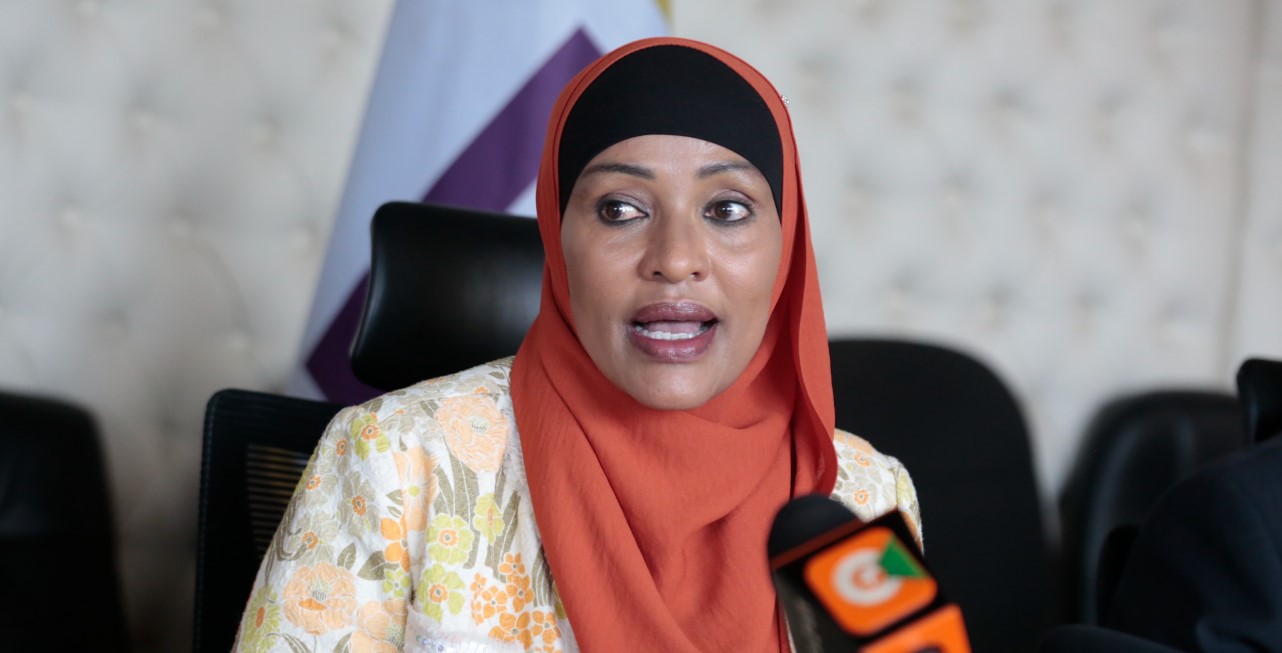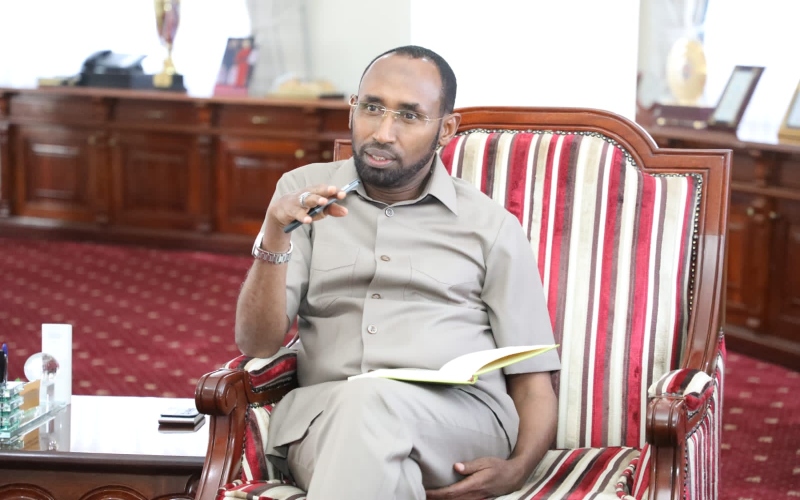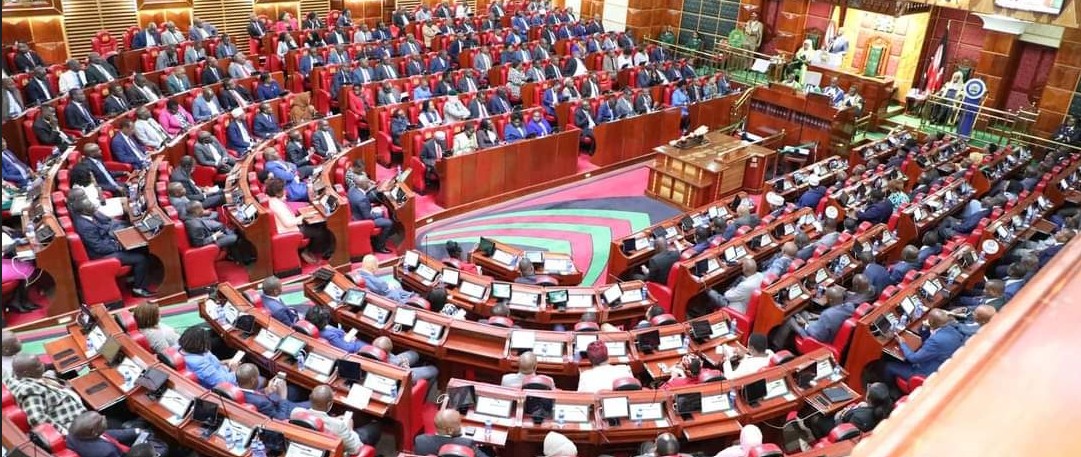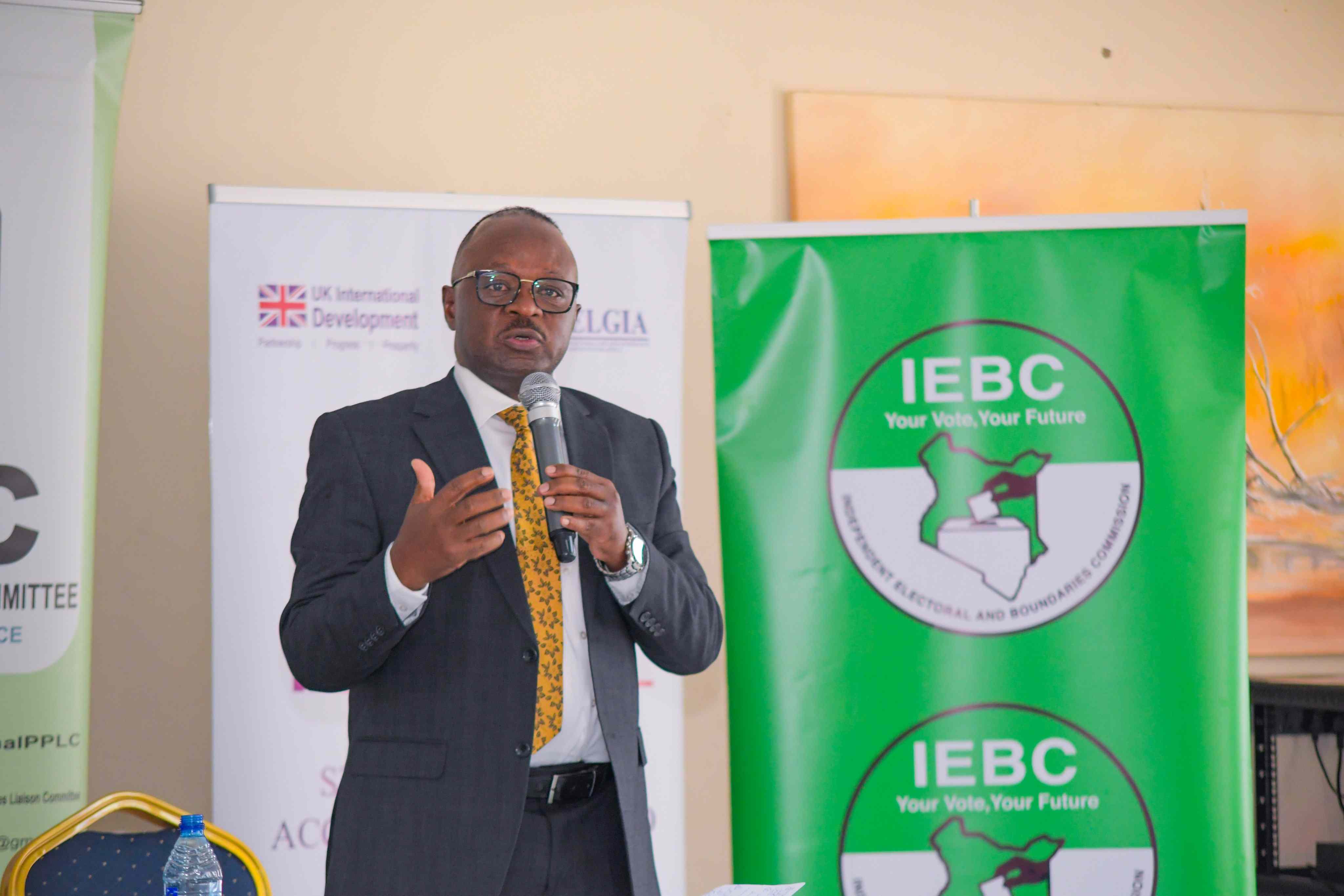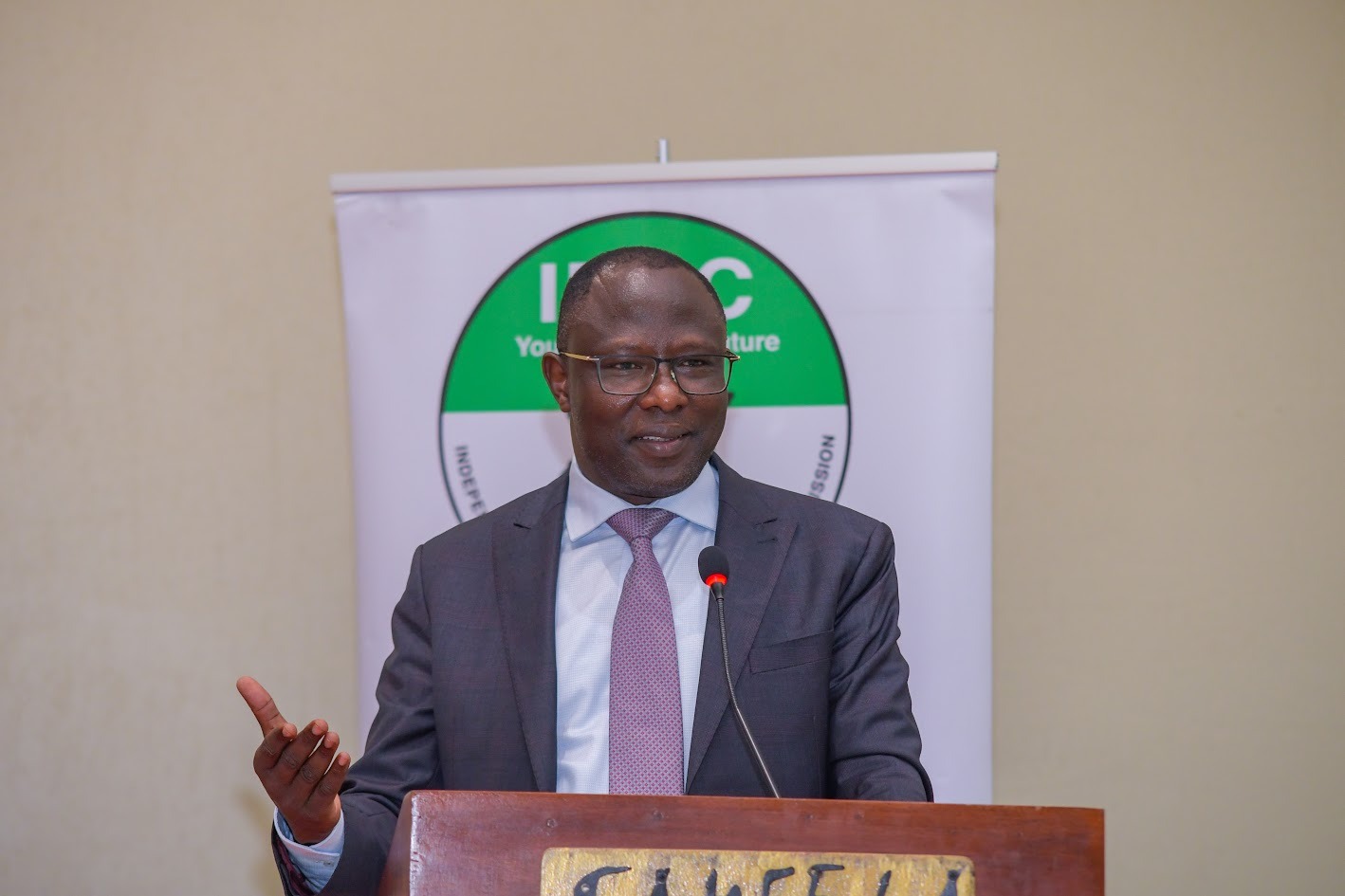Kenya's TB battle shows great progress amid challenges
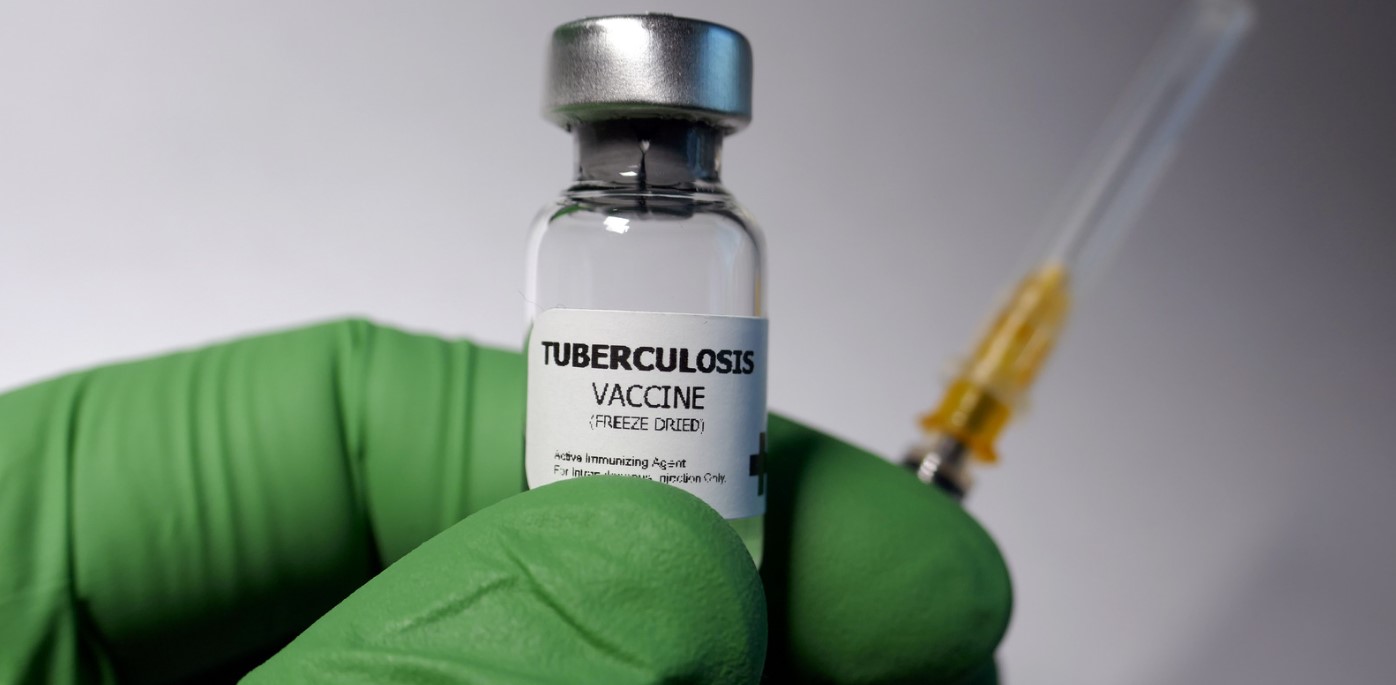
Despite this progress, the figures remain alarming. The report reveals that TB claimed the lives of 8,000 HIV-positive Kenyans and 15,000 HIV-negative individuals last year.
Kenya is emerging as a leader in the global fight against tuberculosis (TB), making significant progress towards key health milestones.
According to the World Health Organisation's (WHO) Global Tuberculosis Report, the country is on track to reduce TB incidence by at least 50 per cent by 2025, a crucial target in the global End TB Strategy.
More To Read
- Kenya unveils advanced bronchoscopy programme at KNH to strengthen respiratory care
- New antibiotic outperforms standard tuberculosis treatment in global trial
- Tuberculosis cases fall for first time since pandemic- WHO
- Surviving the next pandemic could depend on where you live
- WHO urges countries to protect health budgets amid aid reductions
- Turkana County, Amref launch final phase of HIV, TB and reproductive care project
Last year, approximately 124,000 Kenyans were diagnosed with TB, highlighting both the challenges and advancements in healthcare.
The report also highlights Kenya's efforts to decrease HIV/AIDS-related deaths, particularly those associated with tuberculosis.
Notably, about 13 countries are estimated to have achieved a reduction of 50 per cent or more in TB cases from 2015 to 2023, including Kenya and five other high-burden nations: Mozambique, Nigeria, Uganda, Tanzania, and Zambia.
Despite this progress, the figures remain alarming. The report reveals that TB claimed the lives of 8,000 HIV-positive Kenyans and 15,000 HIV-negative individuals last year.
Kenya continues to rank among the 30 countries with the highest TB burden globally, though it has moved out of the top ranks for multidrug-resistant tuberculosis (MDR-TB).
WHO Director-General Tedros Adhanom Ghebreyesus expressed concern over the ongoing impact of TB.
"The fact that tuberculosis still kills and sickens so many people is an outrage, especially since we have the tools to prevent, detect, and treat it," he said.
He urged nations to fulfil their commitments to expand the use of these tools and ultimately end tuberculosis.
The 2024 Global Tuberculosis Report indicates that approximately 8.2 million new TB cases were diagnosed worldwide in 2023, marking the highest figure since the WHO began tracking TB in 1995.
This represents an increase from 7.5 million cases in 2022, with TB surpassing COVID-19 as the leading infectious disease killer.
Despite mixed results in the fight against TB, the number of TB-related illnesses rose slightly to an estimated 10.8 million in 2023.
The death toll from tuberculosis showed a promising decline, dropping from 1.32 million in 2022 to 1.25 million in 2023—a positive trend credited to efforts aimed at recovering from the pandemic's disruption of health services.
For individuals living with HIV, the coverage of TB preventive treatment remains steady, and improvements are noted for household contacts of TB patients.
Other Topics To Read
However, the crisis of multidrug-resistant TB persists, with only 44 per cent of the estimated 400,000 individuals diagnosed and treated in 2023.
Funding remains a significant challenge, with global investments in TB care and prevention falling short of established goals. Low- and middle-income countries, which account for 98 per cent of the global TB burden, face severe funding shortages.
The United States government continues to be the largest bilateral donor for TB, while the Global Fund to Fight Aids, Tuberculosis, and Malaria plays a crucial role in providing international funding, particularly in developing nations.
For the first time, the report highlights the catastrophic financial burden of TB on households, revealing that half of those affected incur costs exceeding 20 per cent of their annual income for diagnosis and treatment.
Top Stories Today


